
Actively seeking Summer 2026 internships
Action required
Problem: The current root path of this site is "baseurl ("_config.yml.
Solution: Please set the
baseurl in _config.yml to "Education
-
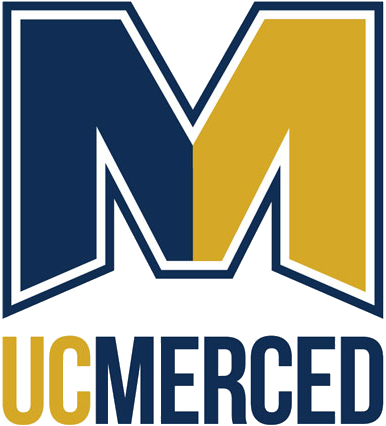 UC MercedPhD StudentAug. 2025 - Present
UC MercedPhD StudentAug. 2025 - Present -
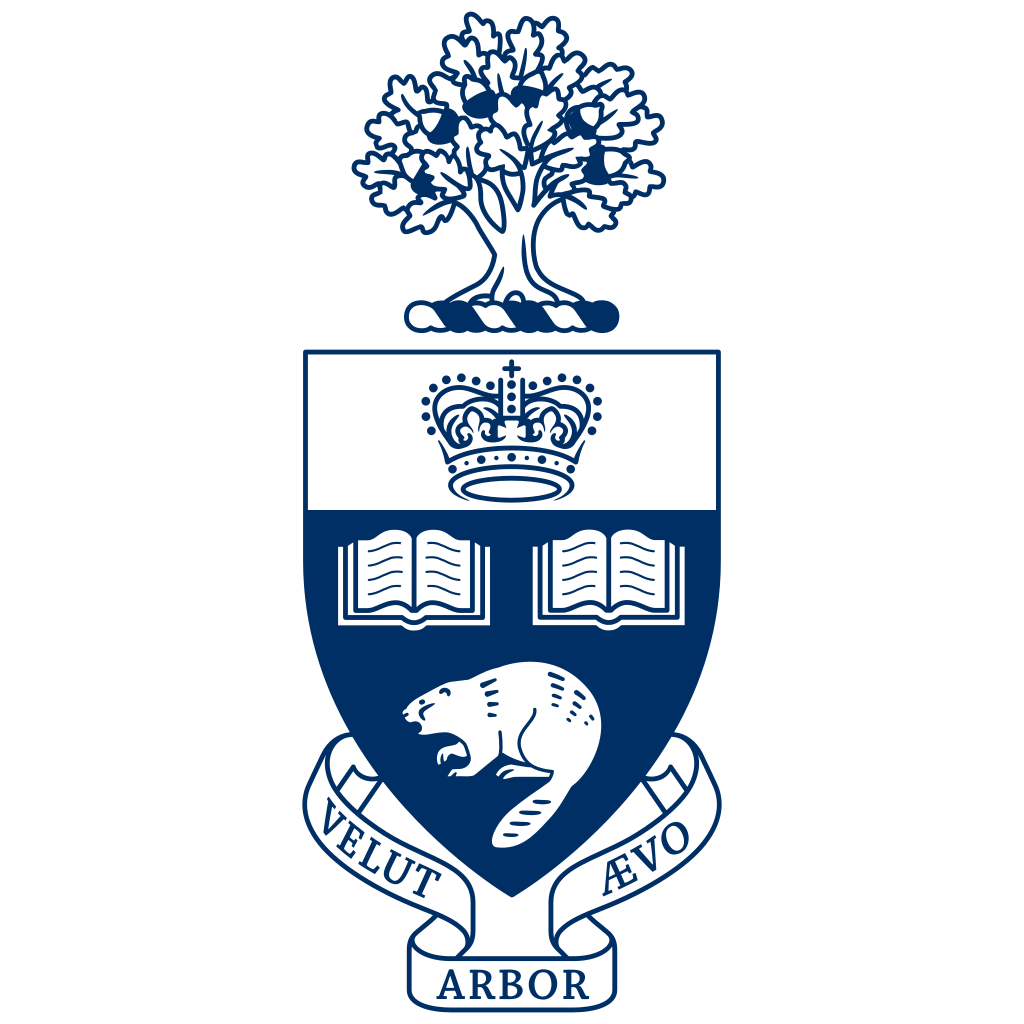 University of TorontoBSc in Computer ScienceSep. 2020 - Apr. 2025
University of TorontoBSc in Computer ScienceSep. 2020 - Apr. 2025
Experience
-
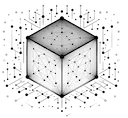 VecML Inc.Software Engineer InternJan. 2025 - Jul. 2025
VecML Inc.Software Engineer InternJan. 2025 - Jul. 2025 -
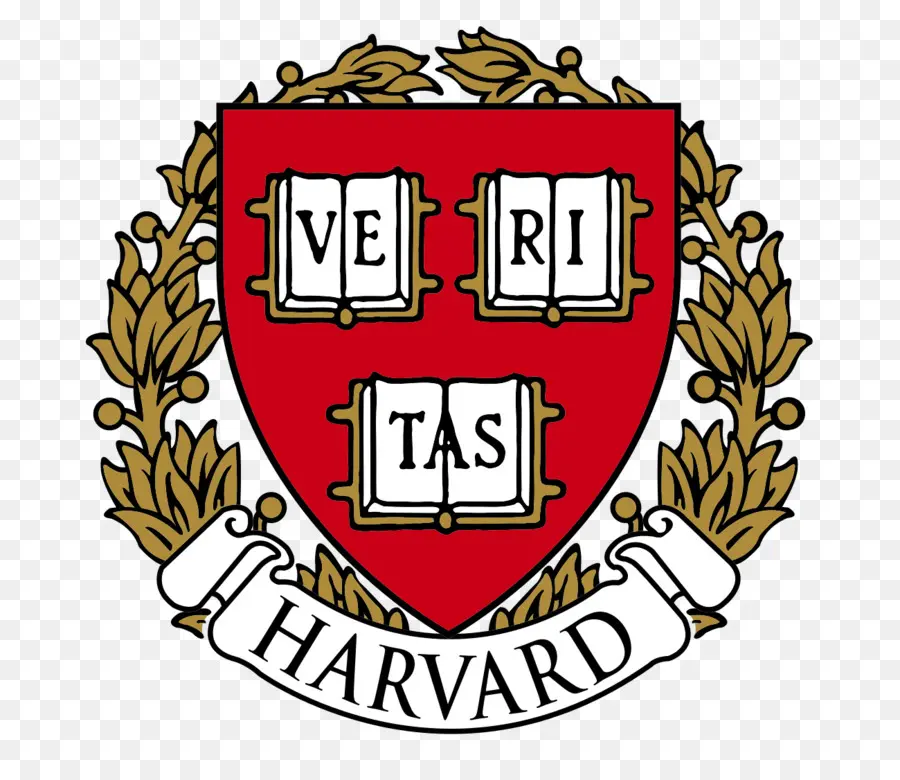 Visual Computing Group @ HarvardVisiting Research InternOct. 2024 - Dec. 2024
Visual Computing Group @ HarvardVisiting Research InternOct. 2024 - Dec. 2024 -
 iQua Group @ U of TNSERC USRA ResearcherMay. 2024 - Aug. 2024
iQua Group @ U of TNSERC USRA ResearcherMay. 2024 - Aug. 2024 -
 Noah's Ark Lab @ Huawei CanadaResearch InternMay. 2023 - Apr. 2024
Noah's Ark Lab @ Huawei CanadaResearch InternMay. 2023 - Apr. 2024 -
 Middleware Systems Research Group @ U of TNSERC USRA ResearcherMay. 2022 - Dec. 2022
Middleware Systems Research Group @ U of TNSERC USRA ResearcherMay. 2022 - Dec. 2022 -
 BIMStudio Inc.Software EngineerOct. 2020 - Aug. 2021
BIMStudio Inc.Software EngineerOct. 2020 - Aug. 2021
Highlight
Selected Publications (view all )
Coming soon
Got rejected T_T 2025
wip...
Coming soon
Got rejected T_T 2025
wip...

Square: Towards Sharing Internet-Scale GPU Clouds Fairly and Efficiently
Ningxin Su, Freeman Cheng, Baochun Li
Under review. 2025
The surge in research interests on large language models has led to a significant increase in the demand for GPU computing power, and users increasingly lease GPUs from cloud service providers across multiple datacenters, due to exorbitant costs and limited availability when acquiring high-end GPUs. As multiple users share GPU-powered servers hosted by multiple datacenters in the cloud to train their models, network traffic from their training workloads shares the same inter-datacenter network topology across the Internet, which is often suboptimal with respect to both bandwidth utilization and fairness across the users. In this paper, we design and implement Square, a new system framework that allows multiple users to share the inter-datacenter network topology fairly and efficiently. Square is theoretically sound, as it is built upon the rigorous yet surprising formulation of a linear optimization problem based on the mathematical theory of network coding, and the solution of such a problem constitutes a complete and optimal plan of fairly routing and transmitting traffic in the inter-datacenter network. We have evaluated our implementation of Square using an experimental testbed with our own real-world highly performant implementation developed from scratch using the Rust programming language, and show that it has outperformed competing alternatives by a substantial margin.
Square: Towards Sharing Internet-Scale GPU Clouds Fairly and Efficiently
Ningxin Su, Freeman Cheng, Baochun Li
Under review. 2025
The surge in research interests on large language models has led to a significant increase in the demand for GPU computing power, and users increasingly lease GPUs from cloud service providers across multiple datacenters, due to exorbitant costs and limited availability when acquiring high-end GPUs. As multiple users share GPU-powered servers hosted by multiple datacenters in the cloud to train their models, network traffic from their training workloads shares the same inter-datacenter network topology across the Internet, which is often suboptimal with respect to both bandwidth utilization and fairness across the users. In this paper, we design and implement Square, a new system framework that allows multiple users to share the inter-datacenter network topology fairly and efficiently. Square is theoretically sound, as it is built upon the rigorous yet surprising formulation of a linear optimization problem based on the mathematical theory of network coding, and the solution of such a problem constitutes a complete and optimal plan of fairly routing and transmitting traffic in the inter-datacenter network. We have evaluated our implementation of Square using an experimental testbed with our own real-world highly performant implementation developed from scratch using the Rust programming language, and show that it has outperformed competing alternatives by a substantial margin.
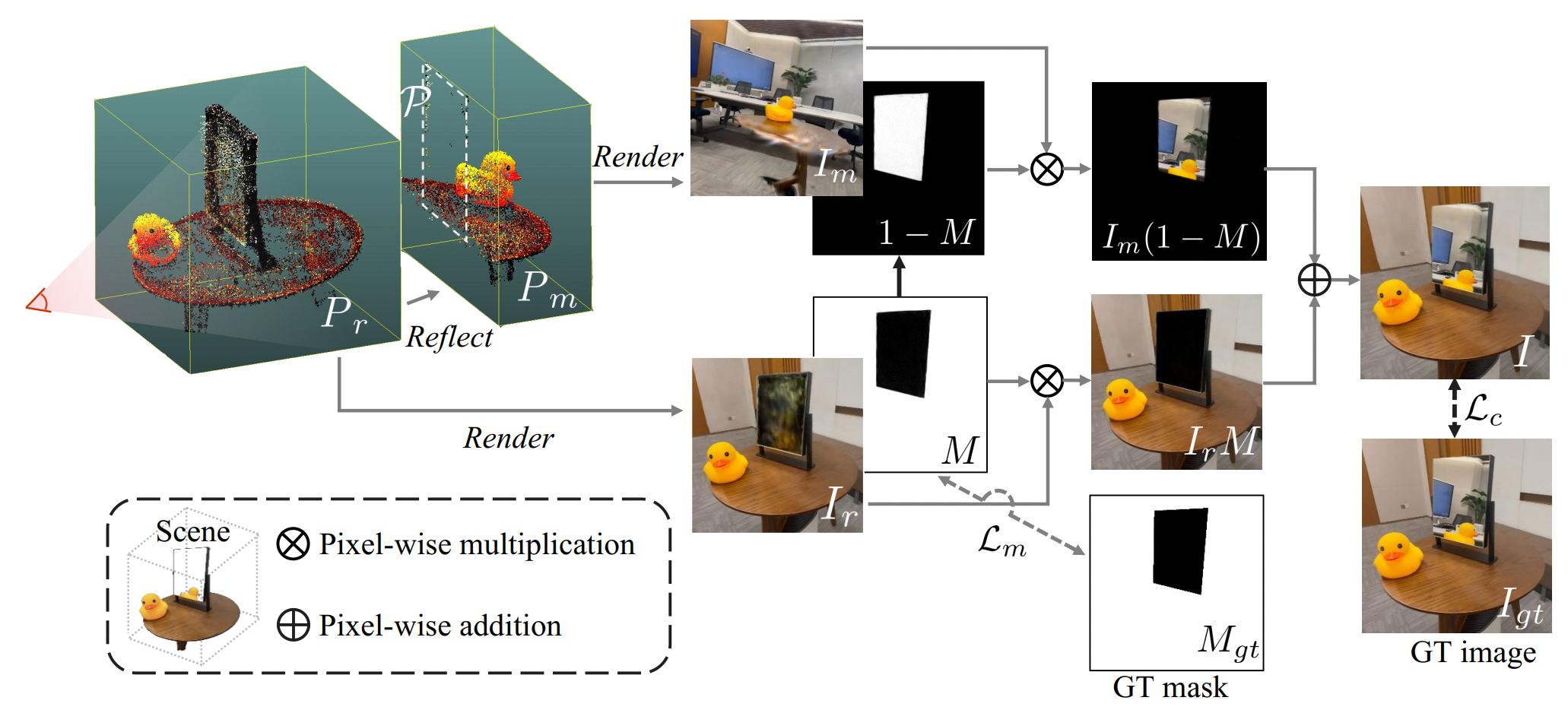
MirrorGaussian: Reflecting 3D Gaussians for Reconstructing Mirror Reflections
Jiayue Liu*, Xiao Tang*, Freeman Cheng, Roy Yang, Zhihao Li, Jianzhuang Liu, Yi Huang, Jiaqi Lin, Shiyong Liu, Xiaofei Wu, Songcen Xu, Chun Yuan (* equal contribution)
ECCV 2024
3D Gaussian Splatting showcases notable advancements in photo-realistic and real-time novel view synthesis. However, it faces challenges in modeling mirror reflections, which exhibit substantial appearance variations from different viewpoints. To tackle this problem, we present MirrorGaussian, the first method for mirror scene reconstruction with real-time rendering based on 3D Gaussian Splatting. The key insight is grounded on the mirror symmetry between the real-world space and the virtual mirror space. We introduce an intuitive dual-rendering strategy that enables differentiable rasterization of both the real-world 3D Gaussians and the mirrored counterpart obtained by reflecting the former about the mirror plane. All 3D Gaussians are jointly optimized with the mirror plane in an end-to-end framework. MirrorGaussian achieves high-quality and real-time rendering in scenes with mirrors, empowering scene editing like adding new mirrors and objects. Comprehensive experiments on multiple datasets demonstrate that our approach significantly outperforms existing methods, achieving state-of-the-art results.
MirrorGaussian: Reflecting 3D Gaussians for Reconstructing Mirror Reflections
Jiayue Liu*, Xiao Tang*, Freeman Cheng, Roy Yang, Zhihao Li, Jianzhuang Liu, Yi Huang, Jiaqi Lin, Shiyong Liu, Xiaofei Wu, Songcen Xu, Chun Yuan (* equal contribution)
ECCV 2024
3D Gaussian Splatting showcases notable advancements in photo-realistic and real-time novel view synthesis. However, it faces challenges in modeling mirror reflections, which exhibit substantial appearance variations from different viewpoints. To tackle this problem, we present MirrorGaussian, the first method for mirror scene reconstruction with real-time rendering based on 3D Gaussian Splatting. The key insight is grounded on the mirror symmetry between the real-world space and the virtual mirror space. We introduce an intuitive dual-rendering strategy that enables differentiable rasterization of both the real-world 3D Gaussians and the mirrored counterpart obtained by reflecting the former about the mirror plane. All 3D Gaussians are jointly optimized with the mirror plane in an end-to-end framework. MirrorGaussian achieves high-quality and real-time rendering in scenes with mirrors, empowering scene editing like adding new mirrors and objects. Comprehensive experiments on multiple datasets demonstrate that our approach significantly outperforms existing methods, achieving state-of-the-art results.
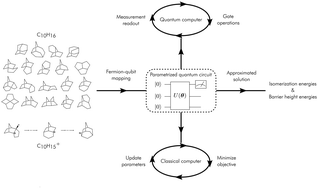
Applications of noisy quantum computing and quantum error mitigation to “adamantaneland”: a benchmarking study for quantum chemistry
Viki Kumar Prasad, Freeman Cheng, Ulrich Fekl, Hans-Arno Jacobsen
PCCP 2023
The field of quantum computing has the potential to transform quantum chemistry. The variational quantum eigensolver (VQE) algorithm has allowed quantum computing to be applied to chemical problems in the noisy intermediate-scale quantum (NISQ) era. Applications of VQE have generally focused on predicting absolute energies instead of chemical properties that are relative energy differences and that are most interesting to chemists studying a chemical problem. We address this shortcoming by constructing a molecular benchmark data set in this work containing isomers of C10H16 and carbocationic rearrangements of C10H15+, calculated at a high-level of theory. Using the data set, we compared noiseless VQE simulations to conventionally performed density functional and wavefunction theory-based methods to understand the quality of results. We also investigated the effectiveness of a quantum state tomography-based error mitigation technique in applications of VQE under noise (simulated and real). Our findings reveal that the use of quantum error mitigation is crucial in the NISQ era and advantageous to yield almost noiseless quality results.
Applications of noisy quantum computing and quantum error mitigation to “adamantaneland”: a benchmarking study for quantum chemistry
Viki Kumar Prasad, Freeman Cheng, Ulrich Fekl, Hans-Arno Jacobsen
PCCP 2023
The field of quantum computing has the potential to transform quantum chemistry. The variational quantum eigensolver (VQE) algorithm has allowed quantum computing to be applied to chemical problems in the noisy intermediate-scale quantum (NISQ) era. Applications of VQE have generally focused on predicting absolute energies instead of chemical properties that are relative energy differences and that are most interesting to chemists studying a chemical problem. We address this shortcoming by constructing a molecular benchmark data set in this work containing isomers of C10H16 and carbocationic rearrangements of C10H15+, calculated at a high-level of theory. Using the data set, we compared noiseless VQE simulations to conventionally performed density functional and wavefunction theory-based methods to understand the quality of results. We also investigated the effectiveness of a quantum state tomography-based error mitigation technique in applications of VQE under noise (simulated and real). Our findings reveal that the use of quantum error mitigation is crucial in the NISQ era and advantageous to yield almost noiseless quality results.
